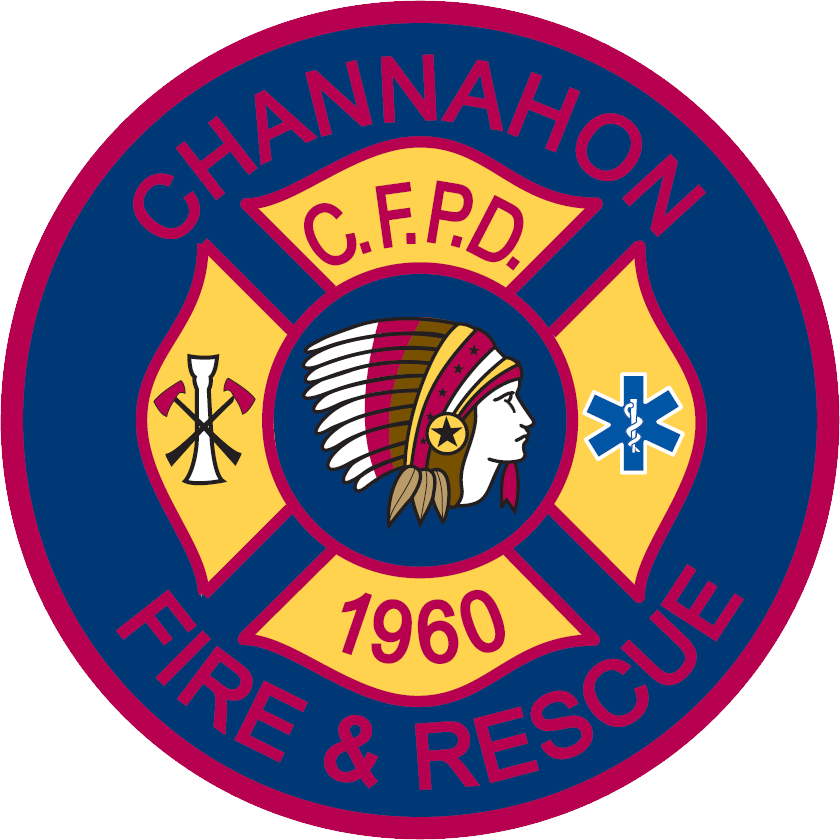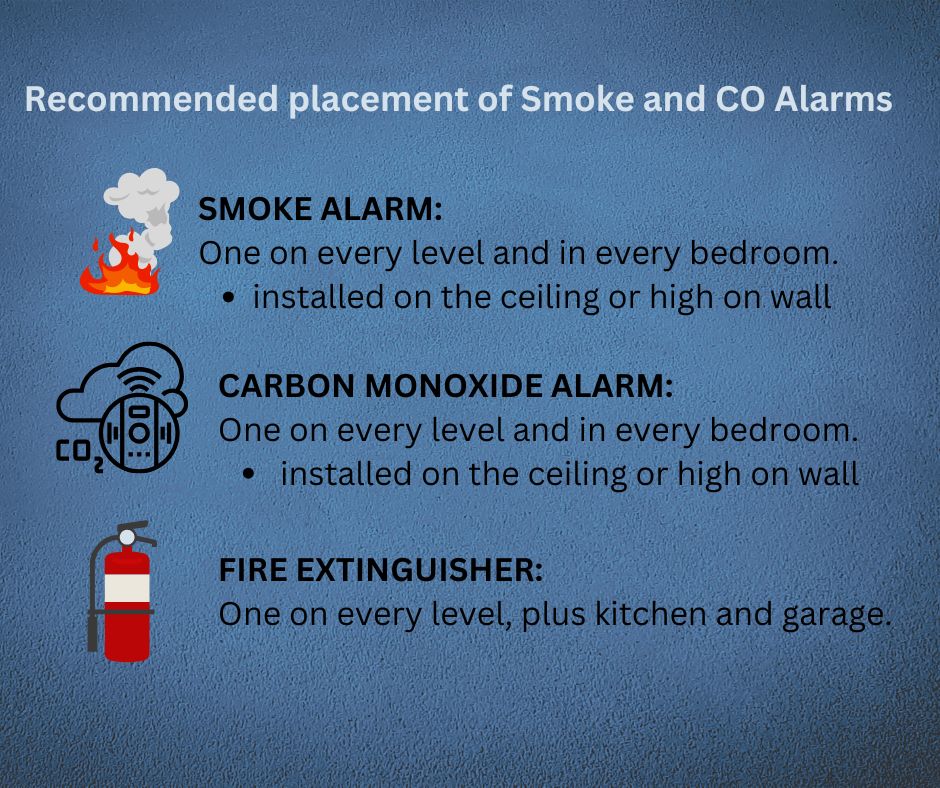
The Importance of Smoke and Carbon Monoxide (CO) Alarms:
Smoke and carbon monoxide alarms are crucial for ensuring the safety of you and your family.
Here’s why each type of alarm is vital:
1. Smoke Alarms:
- • Fire Detection: Smoke alarms are your first line of defense in case of a fire. They detect smoke before it becomes life-threatening, giving you time to escape.
- • Early Warning: Early warning systems help reduce the risk of injury or death caused by fire by alerting everyone in the home.
- • Peace of Mind: Knowing that your smoke alarms are working properly helps provide peace of mind, especially while sleeping or when you’re not at home.
- • Click here for further information on smoke alarms.
2. Carbon Monoxide (CO) Alarms:
- • Invisible Threat: Carbon monoxide is a colorless, odorless, and tasteless gas that is impossible to detect without a CO alarm. It is produced by burning fuel, such as gas, oil, or wood, and can be deadly when inhaled in high concentrations.
- • Health Protection: A CO alarm detects dangerous levels of carbon monoxide and provides an early warning, preventing potential poisoning or even death.
- • Vital for Homes with Appliances: Homes with gas appliances, fireplaces, or attached garages are at higher risk for CO buildup. A CO alarm is critical for anyone in such environments.
- • Click here for further information on CO alarms.
Need Assistance? Call 815-467-6767
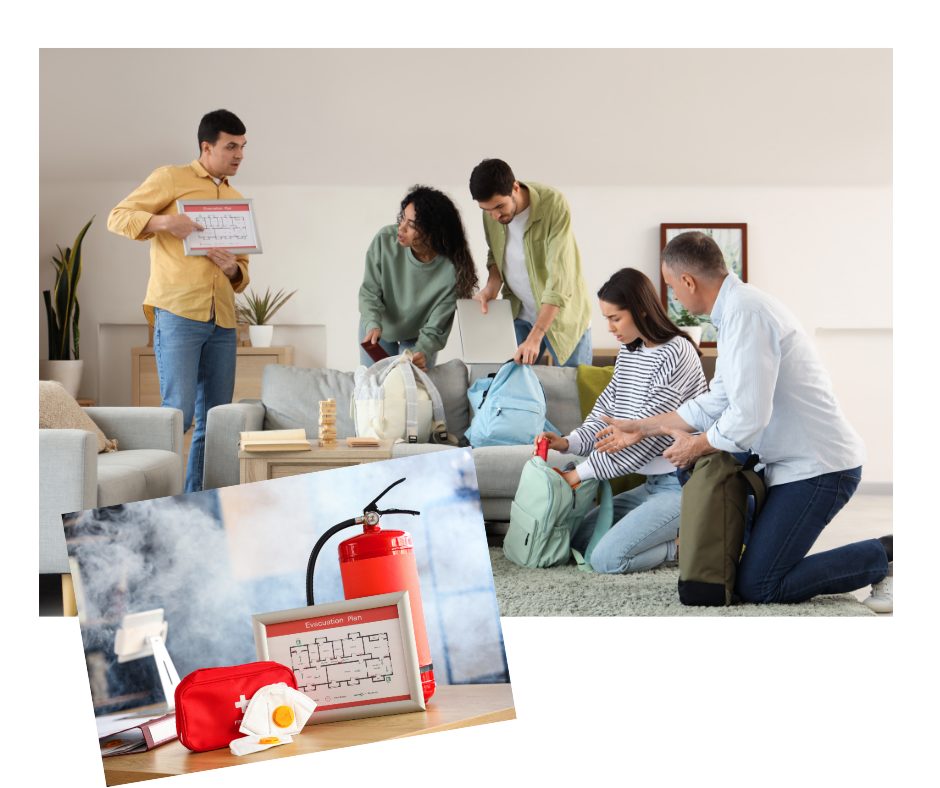
Fire Escape Plans: Are You and Your Family Ready?
At Channahon Fire, we want to remind you of the importance of having a fire escape plan and practicing it regularly. Here are some key things to keep in mind:
- • Do you have an escape plan for your family? Ensure everyone in your household knows the quickest and safest way to exit the home in case of an emergency.
- • Have you established a meeting place? A meeting place is a specific spot outside your home where each family member knows to go if there were a reason to evacuate your home. Examples are: a mailbox, a specific tree or a fire hydrant. This way everyone meets in the same safe place.
- • Do you practice your plan regularly? It’s crucial to practice your escape plan regularly so everyone knows their role. Test your smoke and carbon monoxide (CO) alarms every month to make sure they are working properly.
- • Include everyone in your family: As families grow and change, so should your fire escape plan. If someone new moves in, or as children become old enough to participate more actively, adjust your plan accordingly.
- • If you move, create a new plan: Relocating means starting fresh with your fire escape plan. Take time to walk through it, familiarize everyone with escape routes, and practice regularly.
Helpful Resources:
To assist you in improving your fire escape planning and practicing, here are some helpful resources:
Safety Tips
Escape Planning Tools
Video
If you have any questions or need assistance with your fire safety plan, feel free to reach out to our Fire and Life Safety Educator, Sarah Fellows. She’s always available to help you ensure the safety of your family!
By practicing your fire escape plan and staying prepared, you’re taking important steps toward keeping your loved ones safe.
Stay safe, Channahon Fire Protection District
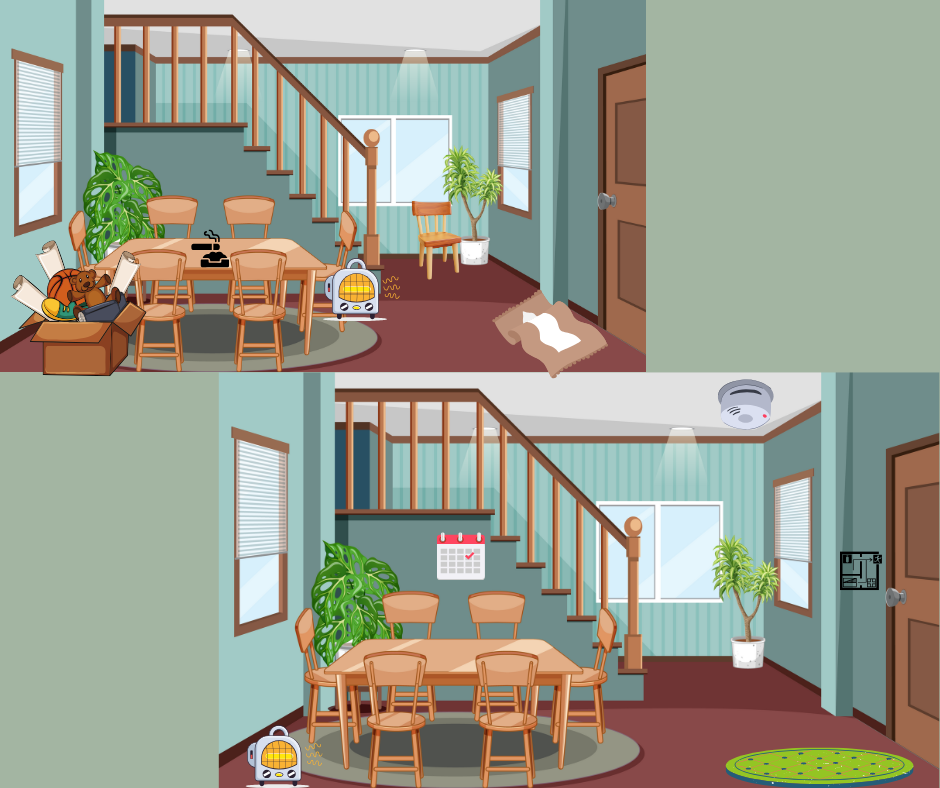
Home Safety Checks:
Our Fire & Life Safety Educator and Community Support Services Team is here to help! We will come to your home to assist in identifying fire and fall hazards. Schedule a Home Safety Check with us today! Click the here to view the Home Safety Checklist: Contact us to arrange your Home Safety Check! Phone: 815-467-6767
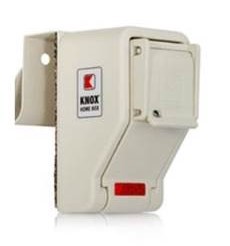
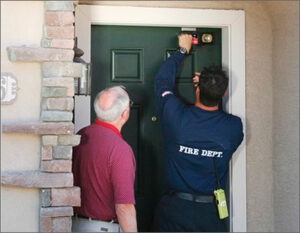
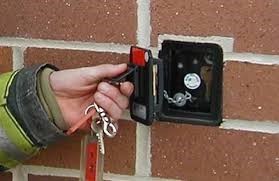
Secure Entry/Knox Box
The Channahon Fire Protection District offers a Residential Knox Box Loan/Purchase Program for residents of the Channahon Fire Protection District. The Residential Knox Box program provides a secured means of access to your home in case of a medical emergency. Knox Boxes are safe, secure, and UL tested. With this box in place, only emergency responders can gain access to the resident in need without forcing entry and causing damage to the residence. They simply remove the entrance key stored inside, provide medical assistance, and relock your door when they leave. The Knox Box is easily secured to your front door or may be attached to your home’s exterior structure. Residential Knox Box Loan Program Eligibility Criteria:
- Must be a resident of the Channahon Fire Protection District and complete the residency proof sheet.
- A resident with an existing medical or physical condition of which could render him/her unable to open a locked door in an emergency.
- A resident that is homebound, lives alone, or spouse/caretaker is not often home or without supervision and is unable to open a locked door in an emergency.
- Residential Knox Box loaners are available for those who meet the criteria listed above. There are a limited number of Knox Boxes available and are to be used for short term purposes. The Channahon Fire Protection District offers this service, when units are available, for a deposit fee of $100.00 which will be refunded upon the return of the Knox Box when this service is no longer needed. If the term usage should exceed six (6) months, it is recommended to purchase a Knox Box. The fire district highly recommends obtaining a medical alert system prior to acquiring a Knox Box. The medical alert system can dispatch the paramedics immediately in the event you are unable call 911.
Forms Needed: Letter of Explanation Knox Box Loan/Purchase Application Proof of Residency Form For additional information on our website, click here This will link will take you to our Knox Box information page under General Information. Here you can download the forms necessary for purchasing your Knox Box.
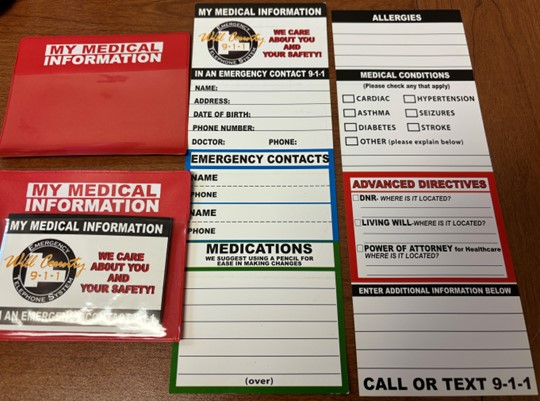
The File of Life
The File of Life is a valuable resource that provides essential medical information to emergency responders in the event of an emergency. This form includes your personal details, emergency contacts, current medications, allergies, medical conditions, and advanced directives. After completing the form, you place it in the included magnetic envelope on your refrigerator, ensuring it’s easily accessible to paramedics and firefighters. We encourage you to keep this information updated regularly. If you need a new form, feel free to stop by or contact us at 815-467-6767, and we’ll be happy to send one to you. This simple step can make a crucial difference in your care during an emergency.
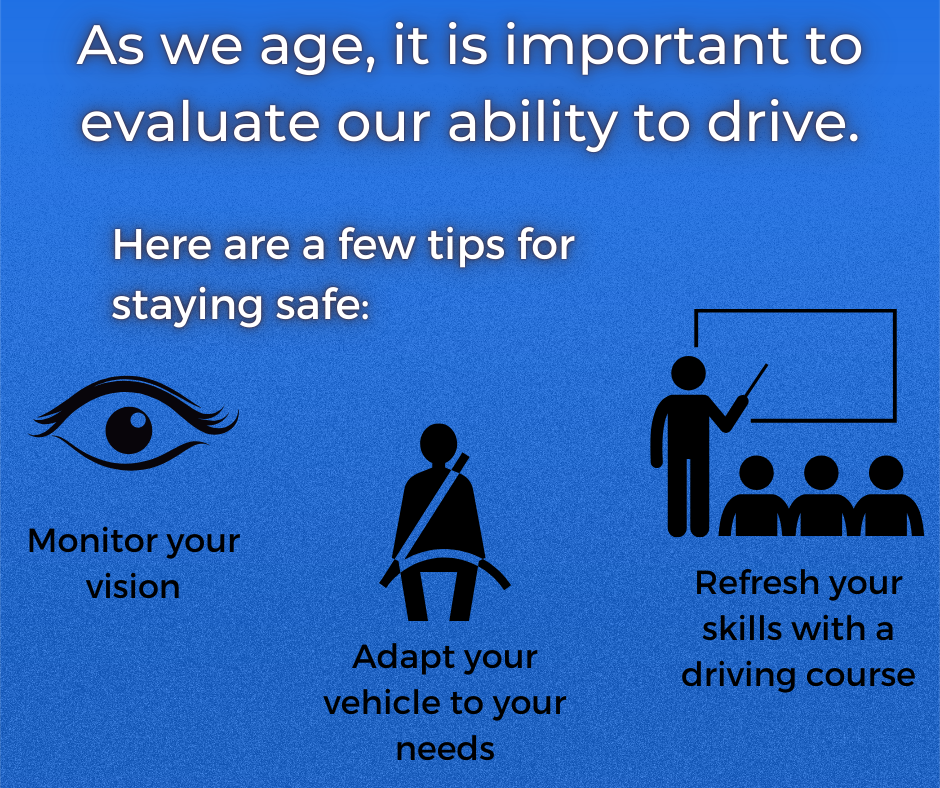
Older Drivers
If you are an older driver or a caregiver, NHTSA (National Highway Traffic Safety Administration) encourages you to talk about driving safety. In 2022, the number of traffic deaths — 8,572 — involving a driver 65 and older was the highest since at least 1975. The NHTSA site offers material to help you understand how aging can affect driving and what you can do to continue driving safely as you age, such as adapting a vehicle to meet specific needs. Visit the NHTSA website to find out more information about driving safely as we age.
